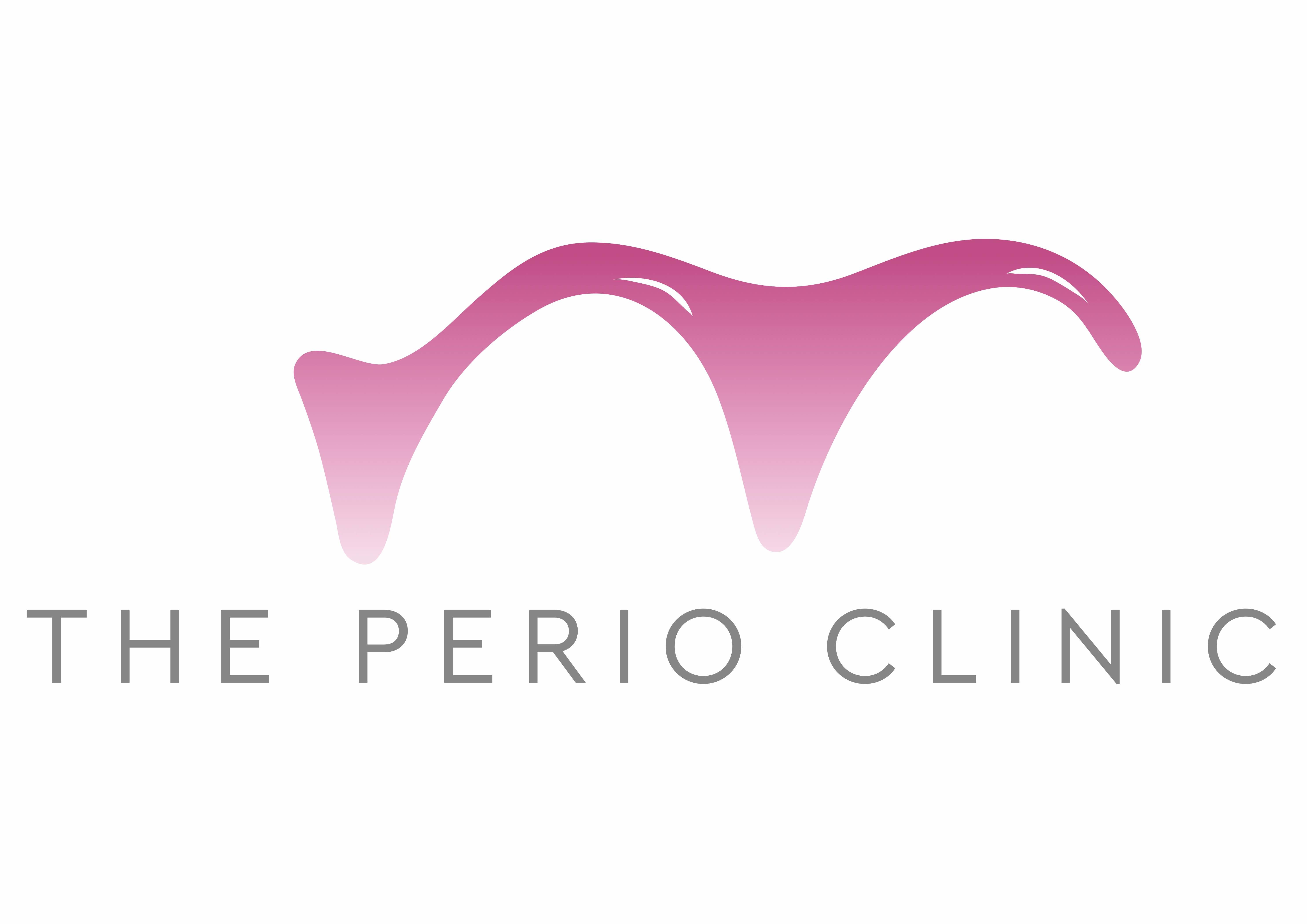 As a periodontist, there are two topics that other clinicians frequently ask me about. The first is the updated Classification of Periodontal and Peri-Implant Diseases and Conditions. The second is my experience of working with salivary diagnostics. Both of these initiatives have become an essential part of my daily practice in periodontics.
As a periodontist, there are two topics that other clinicians frequently ask me about. The first is the updated Classification of Periodontal and Peri-Implant Diseases and Conditions. The second is my experience of working with salivary diagnostics. Both of these initiatives have become an essential part of my daily practice in periodontics.
I moved to Dubai in 2010 to work as a specialist periodontist at a well-known private clinic. During my time in Dubai, it became increasingly clear that there was a need for a dedicated specialist periodontal practice. So, just over three years ago, I opened The Perio Clinic.
A large proportion of my work involves helping patients referred from other clinics for specialist treatment. I made the decision to start using the updated classification soon after the details were published by both the American Academy of Periodontology and the European Federation of Periodontology. I have no doubt that including the most recent diagnostic classification in our reports can really enhance the credibility of the service we provide.
More recently, I began to implement salivary diagnostic testing with the support of OralDNA® Labs. The response from both patients and the local dental community has been outstanding. Patients are astonished by the information provided by tests such as MyPerioPath® and it is gratifying to be able to share such detailed insights with referring clinicians.
In my experience, MyPerioPath® goes hand-in-hand with the latest periodontal classification. We no longer have to speculate what pathogens may be present for an individual patient. After over twenty years of clinical practice, I am confident that we can now diagnose and plan our treatment based on the precise identification of pathogenic bacteria rather than clinical judgement alone. Moreover, the antibiotic recommendations (where indicated) allow us to prescribe with confidence while maintaining more responsible stewardship of these important drugs. Having the option to display the periodontal diagnosis on the MyPerioPath® report alongside the other clinical data also helps to validate the importance of the test.
I am delighted that we can now include the current diagnostic classification on the MyPerioPath® order form (and subsequent salivary diagnostic report from OralDNA® Labs). This is a highly effective way to communicate our findings and demonstrate our expertise in periodontal diagnosis.
Smile Revolution interviewed Dr. Sharpe. To hear more from him about AAP Classification, click Here.
Many tests in OralDNA® Labs’ test menu provide a Clinical Considerations section. For example, the MyPerioPath® Clinical Considerations include Reason for Testing and Clinical Findings such as Bleeding on Probing, Bone Loss and Tooth Loss. Providing this information is optional but can serve for patient education and awareness. As noted by Dr. Sharpe, several weeks ago, the AAP classification were added to the Clinical Consideration. We hope you consider adding the AAP Stage & Grade status of your patient.
For more information on how to become an OralDNA® Provider – scan HERE: 
